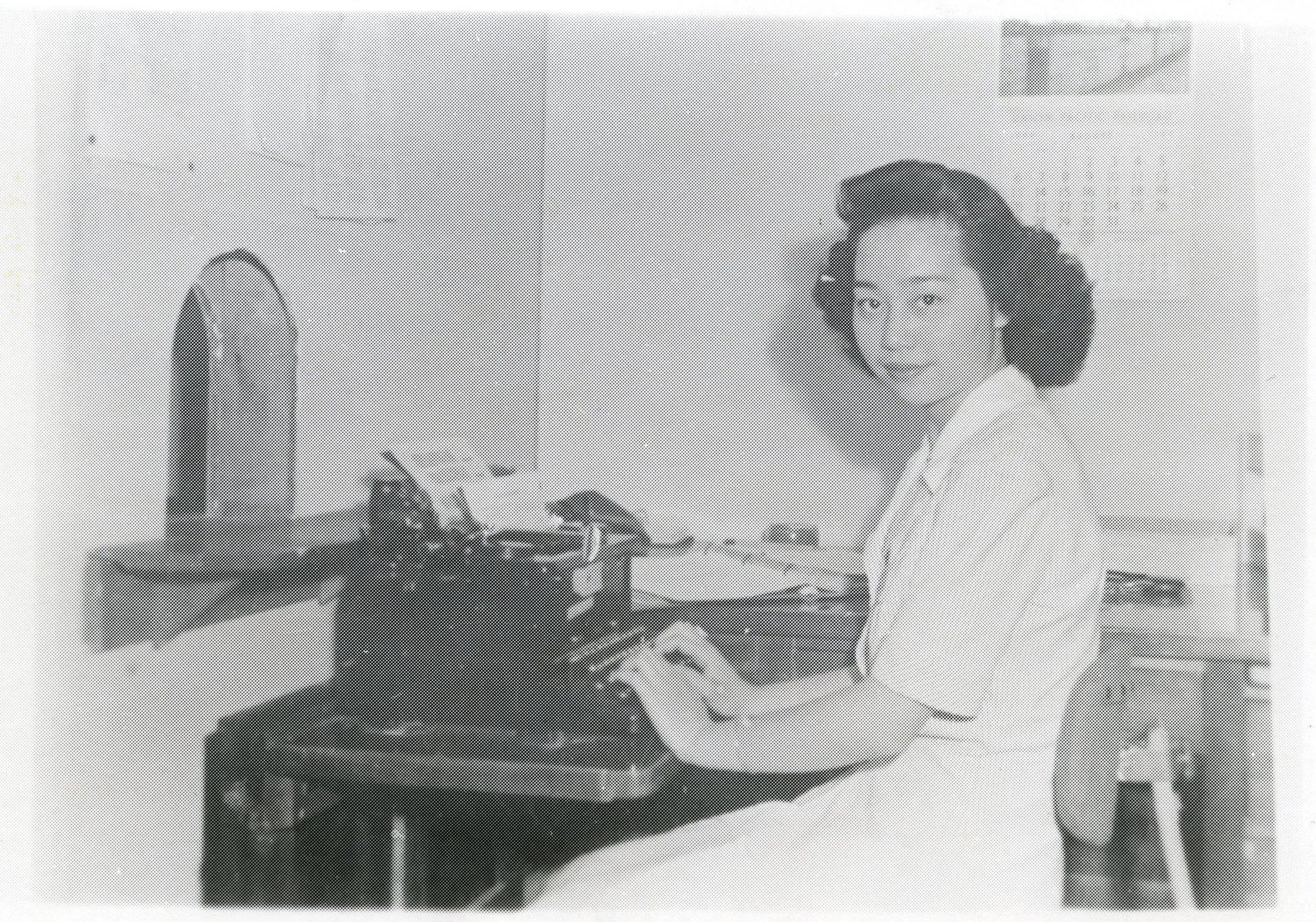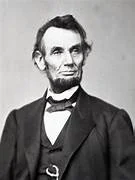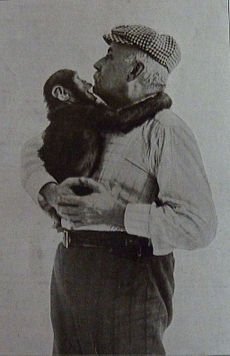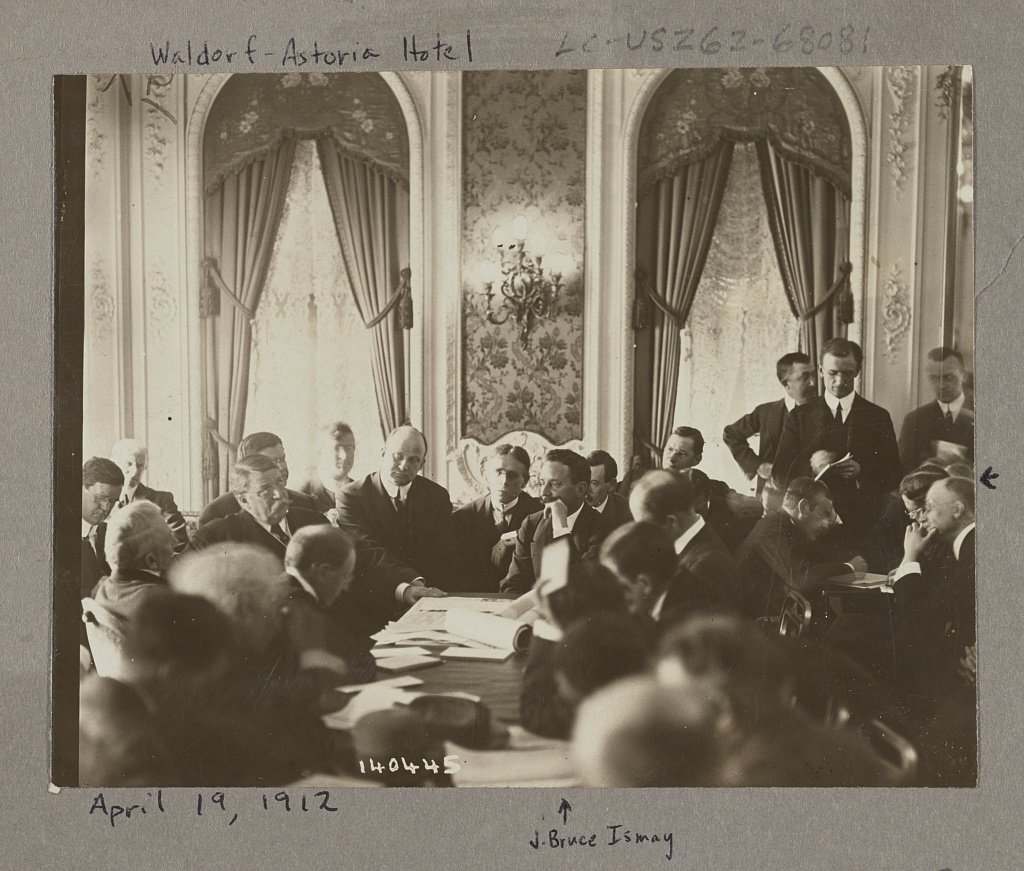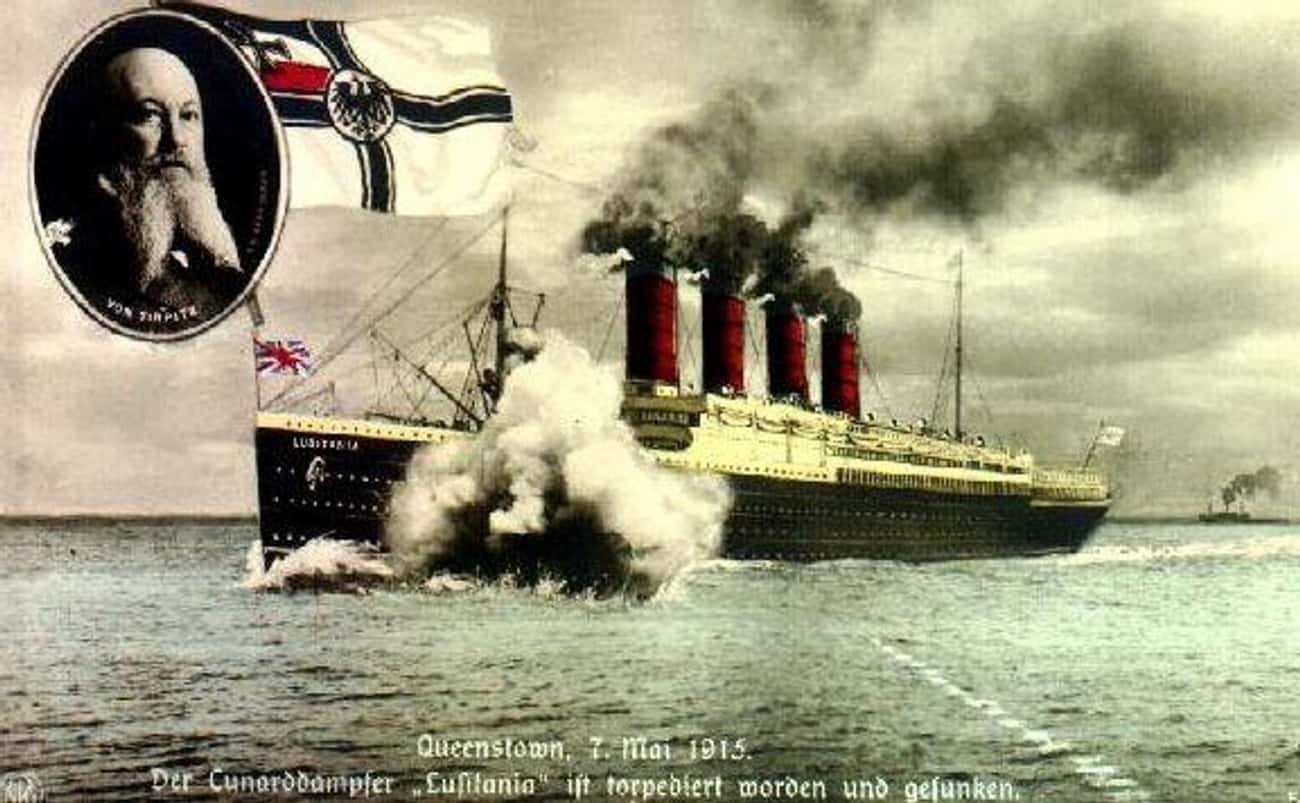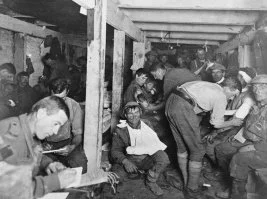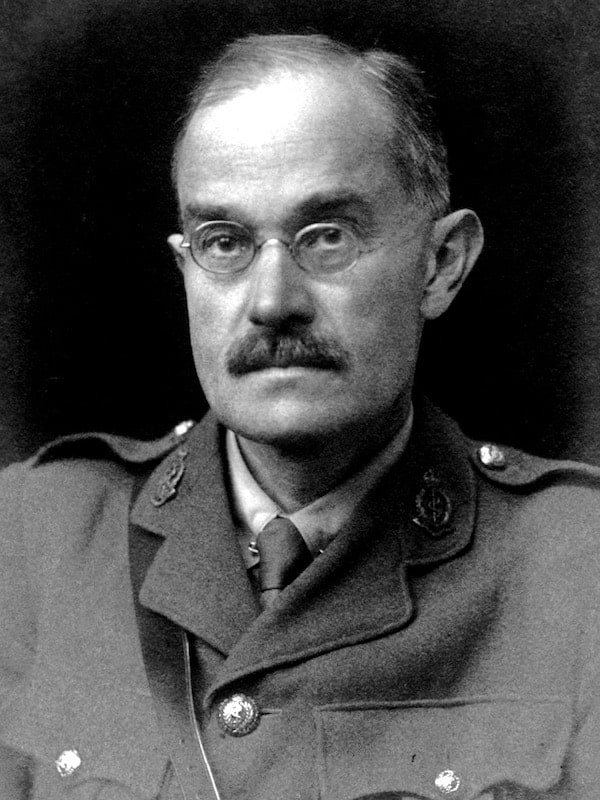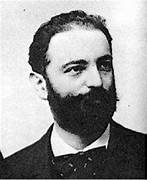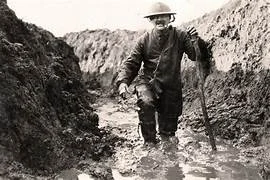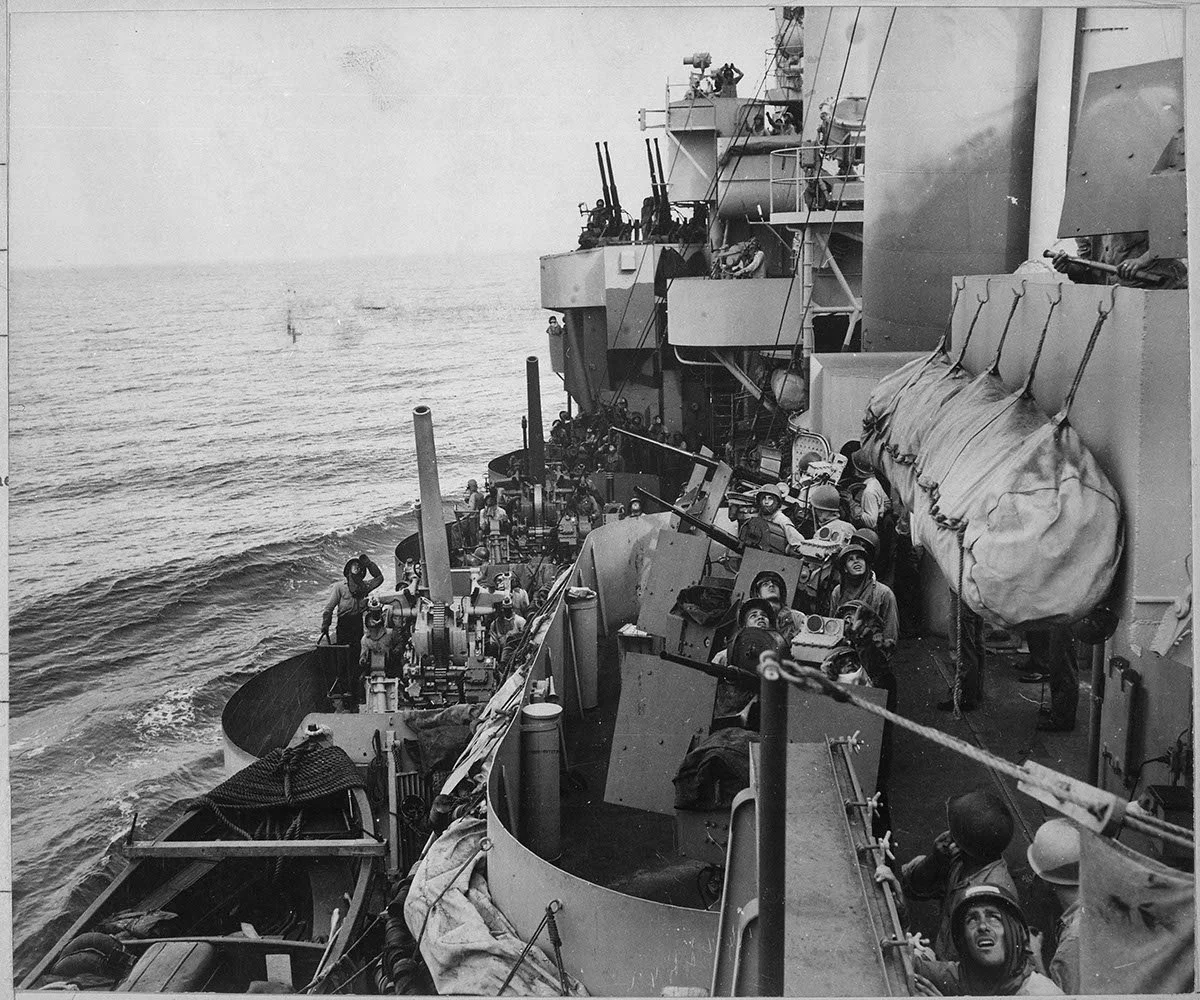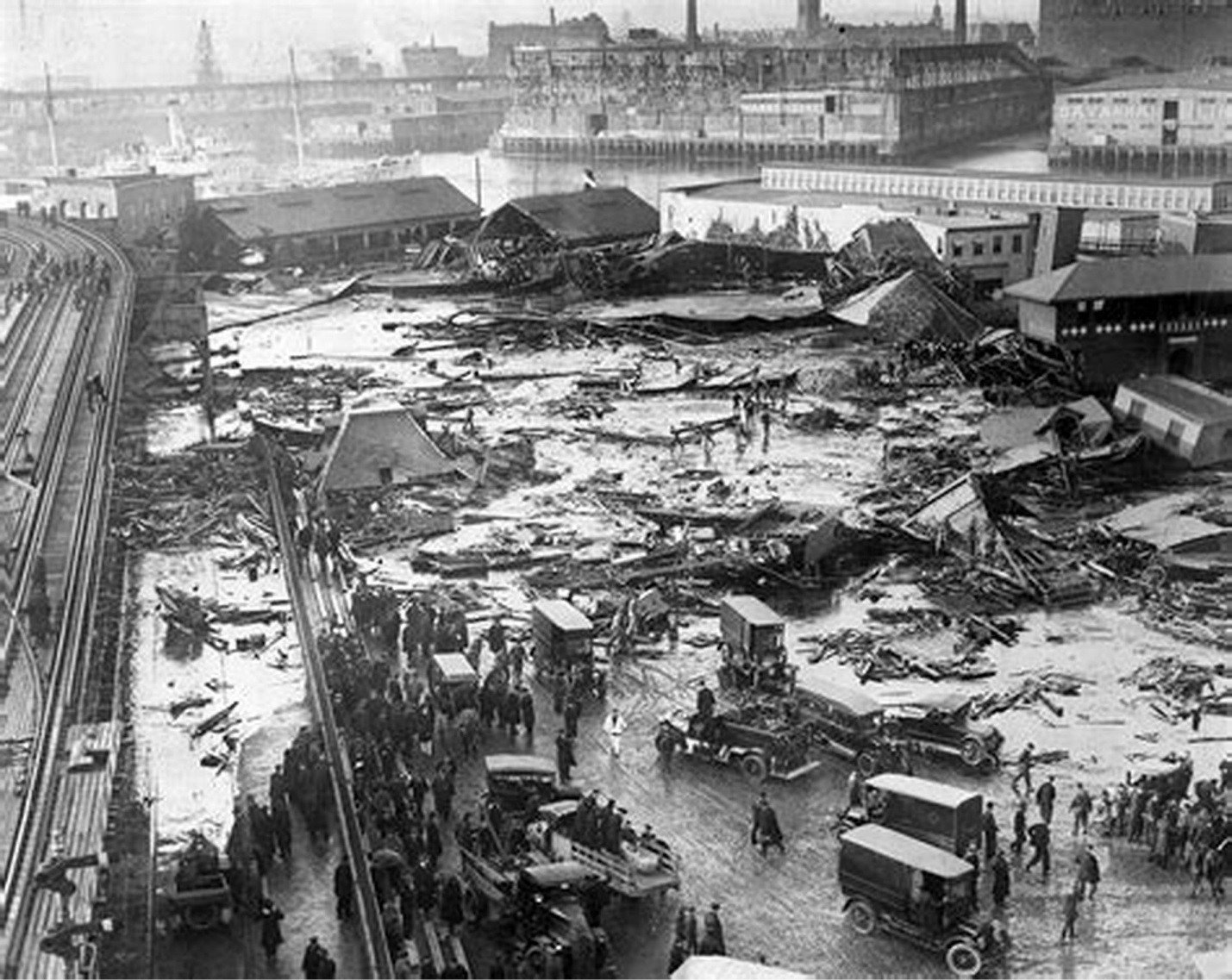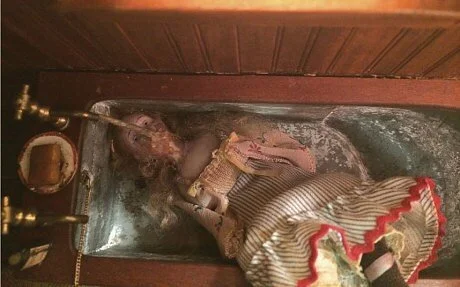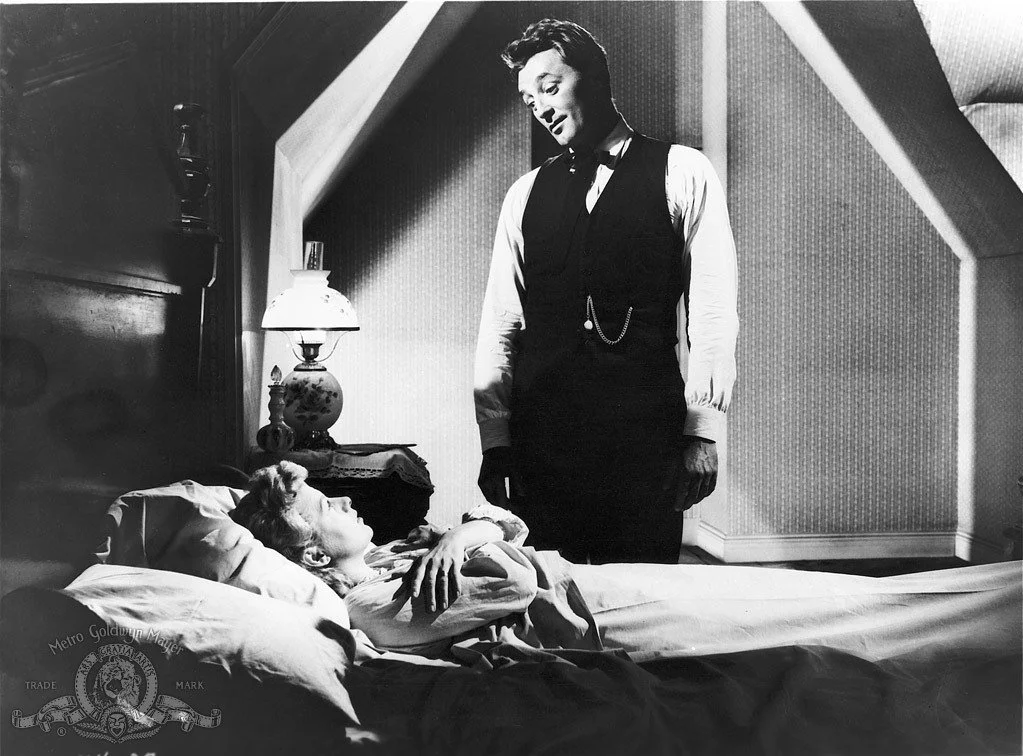Fall Fires
The harsh smell, pealing bells, and pounding on the door of his chambers in Lincoln’s Inn awakens lawyer and government spy John Grey. It is September 2, 1666, and it is the first day of the Great Fire of London. On his way to meet his employer, Secretary of State Lord Arlington, Grey turns a corner and nearly stumbles over two men, one covered in smut, a scarf across his face, who backs into the shadows, turns, and runs away. The other lies dead, a large musket wound in his back. But when Arlington later sends men to investigate, the body is gone, leading Grey to launch inquiries—one into the identity of the dead man and his assailant, the other into the possible causes of the fire and the one who is responsible.
Fire, fourth in the John Grey Historical Mystery Series set in the mid- to late-1600s, takes readers to the edges of the inferno where sparks the size of dinner plates swirl while water wheels burn, pipes have gone dry, and firefighters bemoan: “There’s no fighting it.”
(For this and other of this author’s review, see: https://historicalnovelsociety.org/reviewer/k-m-sandrick/
https://www.walmart.com/ip/John-Grey-Fire-Paperback-9781631942914/1862781585
The fire of 1666 was not the first to lay waste much of London. The city was first destroyed by fire in AD 60. Another “Great Fire” occurred in 1212. Fire destroyed houses along London Bridge in 1633, caused extensive damage across the city in 1643, and engulfed Tower Street in 1650 after gunpowder storage barrels exploded.
But the 1666 blaze is considered to be one of the most famous city fires in history, second only to the Great Chicago Fire 200 years later.
London and Chicago
The Great Fires in these cities have many similarities:
· Both began in early autumn and were driven by days of drought and strong winds. The fire of London began in the early morning hours of September 2 after a long, hot summer with weeks of little to no rain, and it was propelled by a blustery East wind. The Great Fire of Chicago began at 9:00 pm on October 8, 1871 after the hot, dry summer had dried up much of the city’s water supplies. A 30-mile-an-hour wind powered flames from the west side northward, even lifting flames over a branch of the Chicago River.
· Both cities were fodder for the spread of fire. London’s streets were narrow with parched wooden houses crammed close together. To accommodate the rapidly increasing population, Chicago’s houses were hastily constructed of timber from nearby woodlands. Sidewalks, sewage systems, and streets were also made of wood.
· Firefighting was hampered by disorganized, haphazard, or largely absent fire departments. London had no designated firefighters or water hoses. The firefighting ordinance at the time required every parish to have a fire kit—a leather basket handing on a hook—plus ladders, leather buckets, axes and “fire hooks” for pulling down buildings. So-called bellmen who walked the streets watching for fires raised the alarm when they spotted a dangerous blaze. Church bells rang to notify local residents, and people in the neighborhood gathered together to pass buckets of water and douse the flames. Chicago sent firefighters to the scene of the Great Fire, but they had few operating hydrants to draw from. Hydrants were scattered, dry, or misfiring, the existing waterworks system could not deliver water citywide, and there were no steam-powered fire engines at the time.
Rumors or myths attached to the fires in each city. Chicago’s blaze is famously blamed on Mrs. O’Leary’s cow. The first flames did originate from or near Patrick and Catherine O’Leary’s barn on De Koven Street on the West Side. But as for the cow as the perpetrator? An inebriated neighbor, milk thieves, or vandals could have triggered the sparks. Other causes? A meteor shower and divine punishment were bandied about. The first sign of combustion in London was in the bakery of the King’s Baker, Thomas Farriner, on Puddington Lane near London Bridge or close by, in Fyer Yard. Once the flames had been stanched, there was plenty of blame to go around: The Mayor of London for not acting more quickly. Catholics and Frenchmen for being, well, Catholics and French. The Dutch as revenge for the English attack on Dutch Island Terschelling and Vlieland a month before.
The Fires by the Numbers
Total area burned: 1 and one-half mile along the length and one-half mile along the width of London. Three and three-tenths miles across the city of Chicago.
Total number of buildings destroyed: 13,200 houses in London. 17,000 buildings in Chicago.
Number of people left homeless: 100,000 in both cities.
Cost of the damage: 10 million pounds, 200 million dollars.
Number of people killed: six in London, between 250 and 350 in Chicago.
Fire intensity: The temperature across the city of London during the fire was estimated as greater than 3092 degrees Fahrenheit. The fire in Chicago was so intense it generated its own weather systems, including tornadoes.
So What Happened?
https://www.london-fire.gov.uk/museum/london-fire-brigade-history-and-stories/fires-and-incidents-that-changed-history/the-great-fire-of-london/
Sunday, September 2, 1666: Flames were first detected at 1:00 am in the bakery owned by Thomas Farriner. By 7:00 am, 300 homes had been destroyed. During the afternoon, 100 homes per hour were burning.
Monday, September 3: The Duke of York set up fire postings around the city and organized men into firefighting teams. At approximately 2:00 pm, the Royal Exchange in the city’s financial center caught fire. At 3:00 pm, gates to the city were closed to all incoming vehicles. Approximately half of the city was in flames by evening.
Tuesday, September 4: Both King Charles II and the Duke of York entered the city to give encouragement to the people fighting the fire. At 6:00 pm, the fire reached the Temple area; at 8:00 pm, St. Paul’s Cathedral ignited.
Wednesday, September 5: Whitehall was evacuated at 6:00 am. With flames dying down, the Duke of York brought people together to try to salvage court records from the chapel. Fires died down near Holborn Bridge at noon. Only one fire near Bishopsgate remained burning in the evening; it was extinguished in the early morning hours of September 6.
https://www.britannica.com/event/Chicago-fire-of-1871
The Chicago fire was first detected at 9:00 pm on October 8, 1871, but the watchman gave the wrong location of the blaze, so no one arrived at the scene until 9:40. By 10:00 pm and continuing until midnight, the fire raged out of control.
Between midnight and 2:00 am on October 9, the gasworks exploded, leaving all residents without power. The courthouse ignited between 2:00 and 4:00 am, Michigan Avenue erupted in flames from 4:00 to 6:00, leading many people to wade into Lake Michigan to avoid the inferno. Buildings in the path of the fire were detonated between 10:00 and noon, yet the Northside was still burning at 6:00 pm. The fire slowly died down as rain drenched the city until midnight.
Rebuilding
Rebuilding was expected to begin in London within six to eight months. A royal proclamation on September 13 delayed reconstruction until new building regulations had been issued, however. The First Rebuilding Act was passed by parliament in February, 1667, and work began along 11 miles of city streets in March. By the end of that year, 800 buildings had been rebuilt. Nearly all buildings, between 12,000 to 15,000, were completed by 1688. Many of the new structures were built of stone or brick, and many streets were widened.
Rebuilding began almost immediately after the flames died out in Chicago and focused on fireproofing buildings, urban planning, fire prevention and safety, and the creation of a modern fire department, adding a top-level fire commissioner, steam-powered engines, more fire stations across the city, and better training for firefighters. The rebuilding effort advanced architecture, leading to the first skyscraper, the Home Insurance Building, in 1885. It also attracted leading architects of the time, including Dankmar Adler, Louis Sullivan, William Holabird and Martin Roache, leaders of the Chicago School style of architecture.
https://www.architecture.org/online-resources/buildings-of-chicago/home-insurance-building
Sources:
https://thecitydark.com/the-great-chicago-fire-of-1871-myths-and-realities/
https://cteec.org/chicago-fire-and-water/
THE CITY DARK Historical Disastersi
https://thecitydark.com/the-great-chicago-fire-of-1871-myths-and-realities/
Michael P. Conzan: The Great Conflagration, Newberry Library
Great Chicago Fire, American History
Chicago Fire: The Role of Water in Containing the Blaze
https://www.britannica.com/event/Chicago-fire-of-1871
https://facts.net/history/historical-events/35-facts-about-the-great-chicago-fire
https://historyinnumbers.com/events/fire-of-london/facts/
The Great Fire of London: How the 1666 Inferno Changed the City Forever
https://www.rmg.co.uk/stories/royal-history/great-fire-london
https://www.londonmuseum.org.uk/collections/london-stories/great-fire-of-london
https://www.walmart.com/ip/John-Grey-Fire-Paperback-9781631942914/1862781585
https://historicalnovelsociety.org/reviewer/k-m-sandrick/






